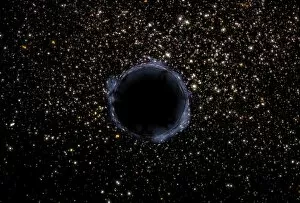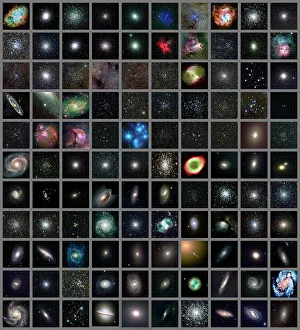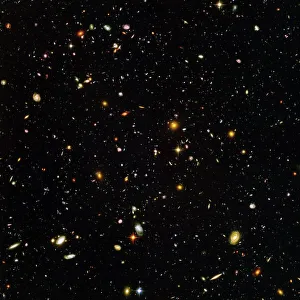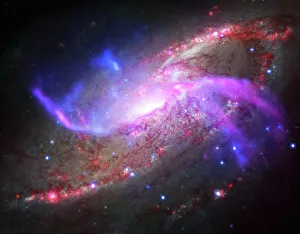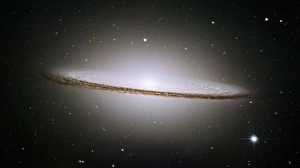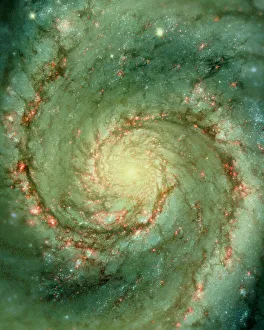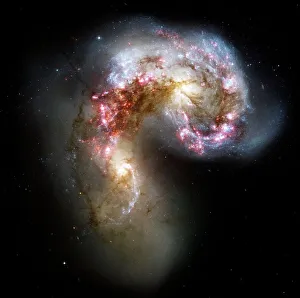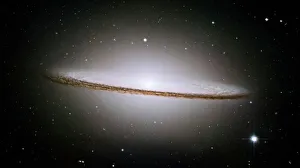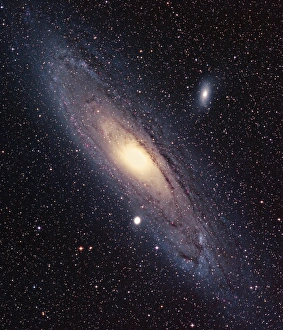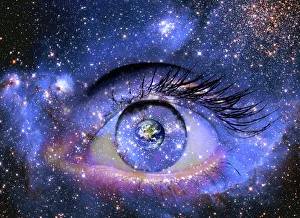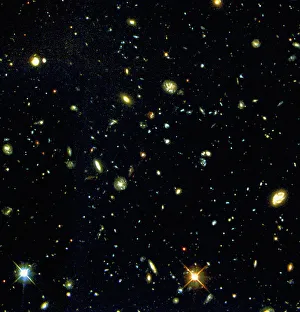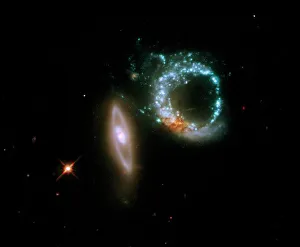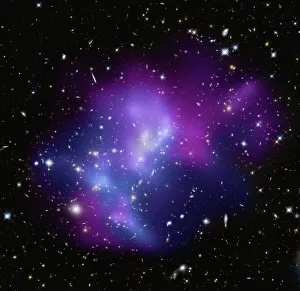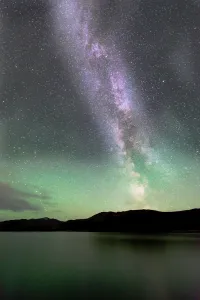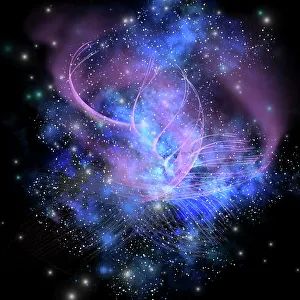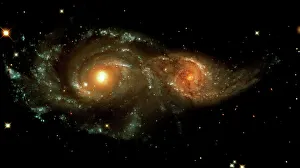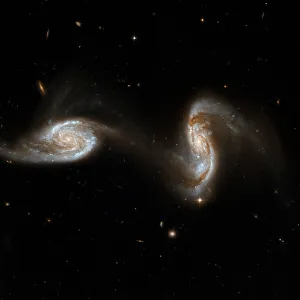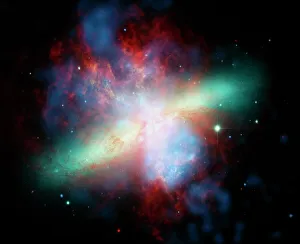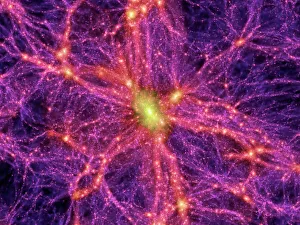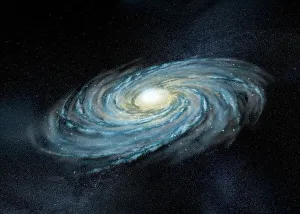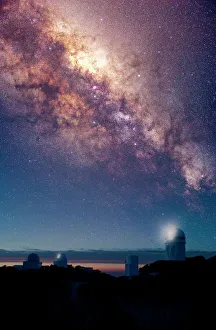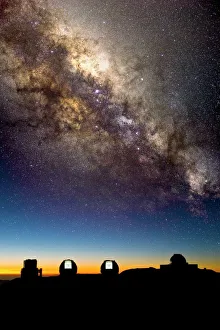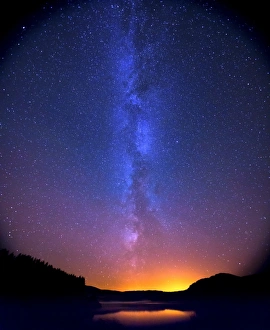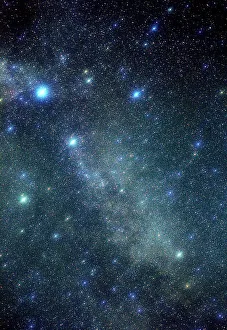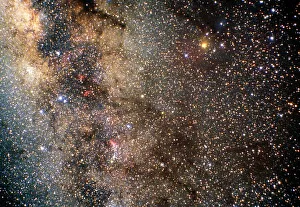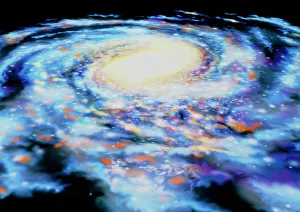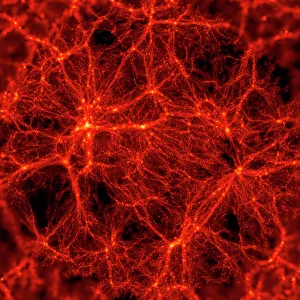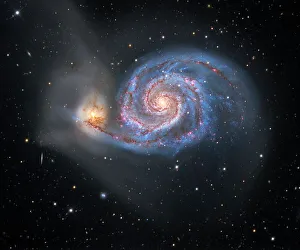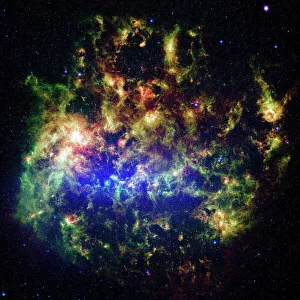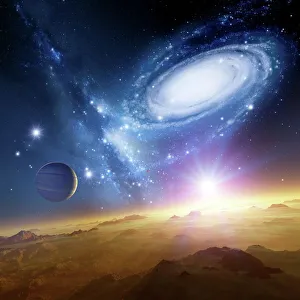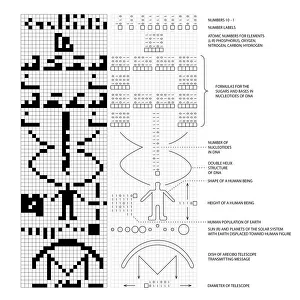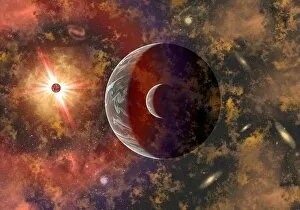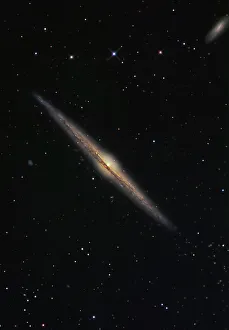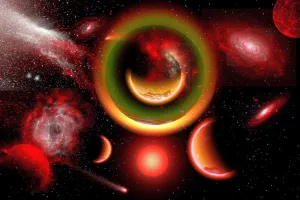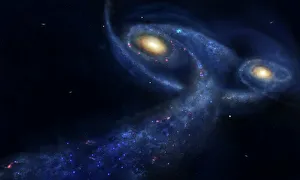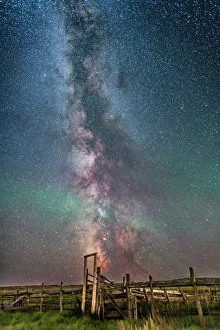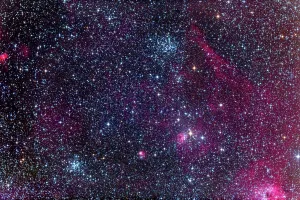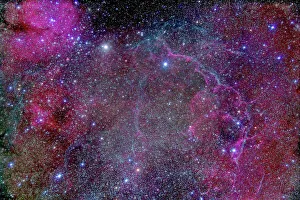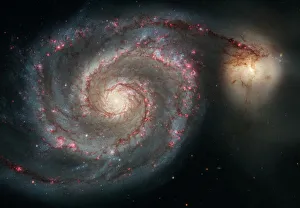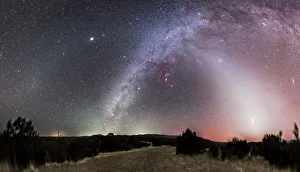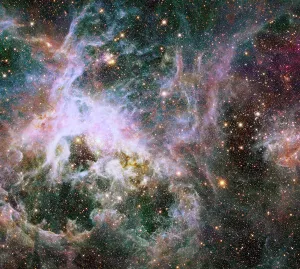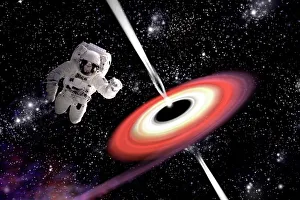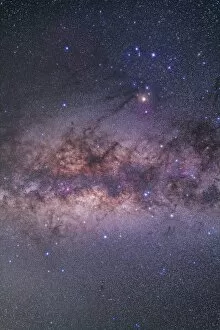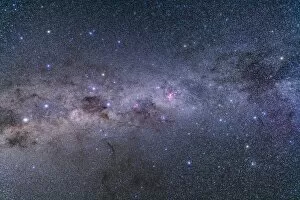Galactic Collection
"Exploring the Galactic Marvels
All Professionally Made to Order for Quick Shipping
"Exploring the Galactic Marvels: From Hubble Ultra Deep Field to Interacting Galaxies" Embark on a cosmic journey as we delve into the wonders of our galactic neighborhood. The Hubble Ultra Deep Field galaxies reveal a breathtaking tapestry of celestial bodies, each one telling its own unique story. Marvel at the Messier objects, a full set of captivating treasures scattered across the vast expanse of space. Among them, behold the mesmerizing M51 Whirlpool Galaxy, where swirling arms dance in an eternal cosmic ballet. Gaze upon the enigmatic Sombrero Galaxy (M104), captured by HST's lens in all its majestic glory. Its distinct shape and dark dust lane make it an iconic sight within our universe's tapestry. Witness the Antennae colliding galaxies as they merge and intertwine, creating stunning displays of stellar fireworks that illuminate distant corners of space with their radiant energy. The Spiral galaxy NGC 2841 enchants us with its graceful spiraling arms, showcasing nature's artistic prowess on a grand scale. It serves as a reminder that beauty can be found even in the most remote corners of our cosmos. In Scorpius constellation lies hidden secrets waiting to be discovered – ancient stars forming patterns that have fascinated humanity for centuries. Behold the grandeur of Messier 104 - The Majestic Sombrero Galaxy. This celestial hat adorns our night sky with elegance and mystery, inviting us to ponder over its origins and existence. Our neighboring Andromeda galaxy beckons us from afar, offering glimpses into another world beyond our own. Its spiral structure mirrors our Milky Way but holds countless mysteries yet to be unraveled. Through conceptual imagery depicting "Observing the Universe, " we are reminded that human curiosity knows no bounds when it comes to unraveling the secrets held within these galactic realms. HST's deep-view reveals several very distant galaxies dotting space, like precious gems scattered across a cosmic canvas.

